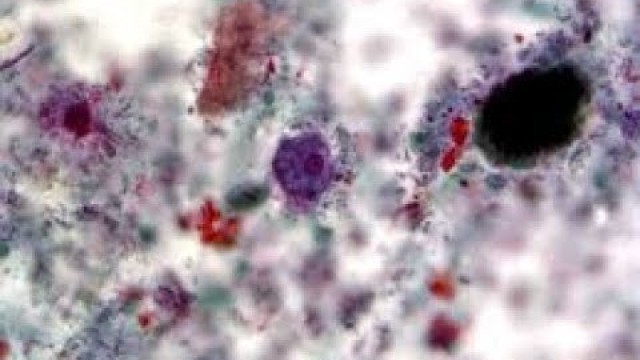

'SINGLE CELL PROTEIN 12TH STANDARD BIO BOTANY Higher Secondary Second Year BIOLOGY https://www.padeepz.net/12th-standard-bio-botany-higher-secondary-school-tamil-nadu-state-board-syllabus-audio-explanation-important-question-paper-bank/ TEXT NOTES AND WITH EXPLANATION IS AVAILABLE IN THE LINK GIVEN Microorganisms have been widely used for preparation of a variety of fermented foods. Eg. cheese, butter, idlis, etc., in addition, some microorganisms have long been used as human food, eg. the blue green alga Spirulina, and the fungi commonly known as mushrooms. More recently, efforts have been made to produce microbial biomass using low-cost substrates and use as a supplemental food for human consumption or used as feed for animals. Cells from a variety of micro-organisms, viz., bacteria, yeasts, filamentous fungi and algae used as food or feed are called single cell protein (SCP). The term ‘single cell protein’ was coined in 1966. The dried cells of microorganisms used as food or feed for animals and they are collectively known as Microbial proteins. This term was replaced by a new term ‘single cell protein’. The isolated protein or the total cell material is called the single cell protein – SCP. In view of the insufficient world food supply and the high protein content of microbial cells, the use of biomass produced in the fermentor (special sterilized vessel) or bio-reactor would be ideal supplement for conventional food. Single cell protein is of great nutritional value because of its high protein, vitamin and lipid content and for its essential amino acids. In many countries, however people hesitate to use Single cell protein SCP as a major food source because of the following The high nucleic acid content (4 to 6 per cent in algae, 6 to10 per cent in yeast of single cell protein – SCP) can cause health problems like uric acid formation, kidney stones and rheumatism in human beings. Toxic or carcinogenic (cancer causing) substances absorbed from the microbial growth substrate may be present. Slow digestion of microbial cell in the digestive tract may cause vomiting, indigestion and allergic reaction. High cost of production will also be a deciding factor in determining the ultimate place of single cell protein – SCP in the human or animal diet. The following substrates are being studied for single cell protein – SCP production: alkanes, methane, methanol, cellulose, carbohydrates and waste materials. Natural sources like wood chips, rice husk, cane and beet molasses, peas and coffee industrial waste from which cellulose is obtained and are used for the production of SCP. Large scale cultivation of yeast on molasses is widely used in the manufacture of Baker’s yeast containing mycoproteins which is used in the SCP production. Domestic sewage is not suitable for large scale SCP production. But it is more important for methane production. The industrial wastewater from cellulose processing, coffee and starch production, and food processing have been used for SCP production. Organisms used for Single cell protein SCP production Algae Chlorella, Spirulina and Chlamydomonas. Fungi Saccharomyces cereviseae, Volvoriella and Agaricus campestris Bacteria Pseudomonas and Alkaligenes Uses of Single cell protein SCP 1. It is a rich source of protein (60 to 72 per cent), vitamins, amino acids, minerals and crude fibres. 2. It is a popular health food. Nowadays, Spirulina tablets are prescribed as enriched vitamin for most people. 3. It provides valuable protein-rich supplement in human diet. 4. It lowers blood sugar level of diabetics due to the presence of gamma. Linolenic acid and prevents the accumulation of cholesterol in human body.'
Tags: Tamil , audio , high protein , Tamil nadu , botany , explanation , state board , BACTERIA , neet , 12th , notes , vitamin , scp , lowers blood sugar , Micro-organisms , BIO BOTANY , STUDY MATERIALS , SINGLE CELL PROTEIN , yeasts , filamentous fungi , people hesitate to use SCP , major food source , Domestic sewage , cancer causing , Slow digestion , High cost of production , Natural sources , Large scale cultivation , Organisms used for SCP production , Uses of SCP
See also:

















comments